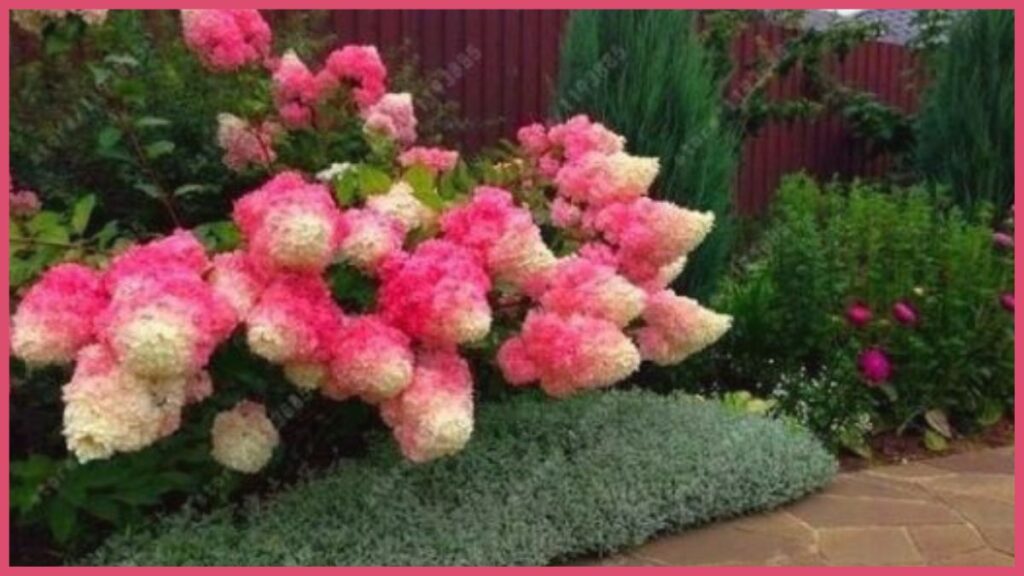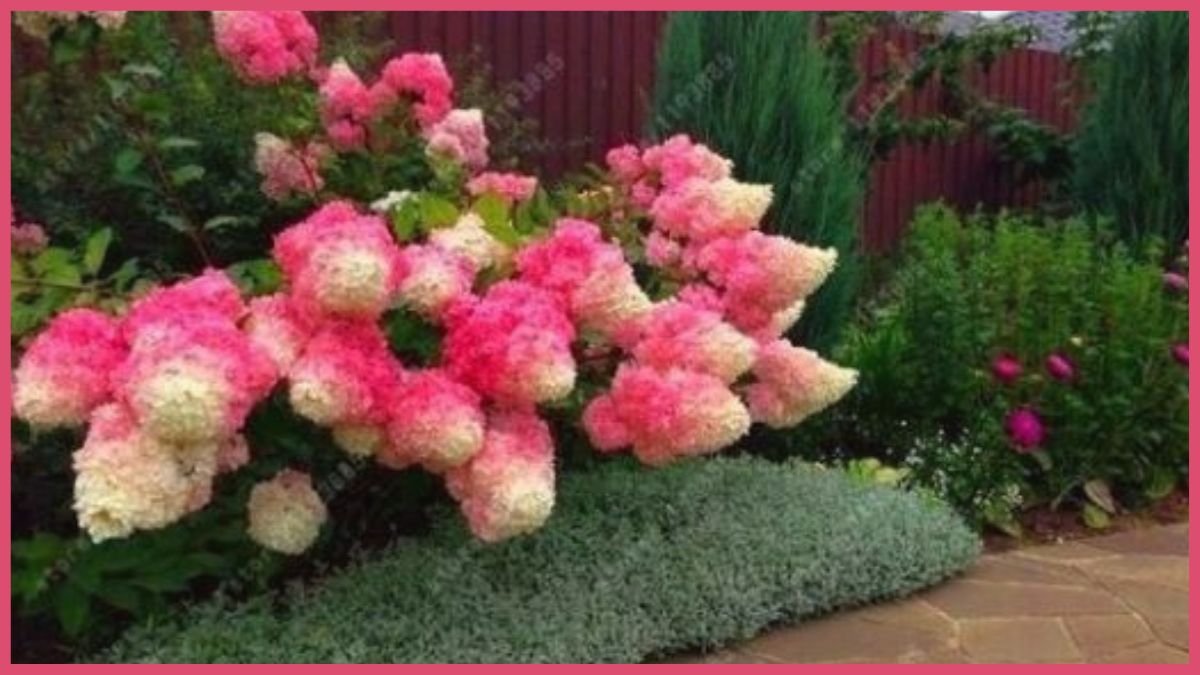If you love strawberries and hydrangeas, then you’ll adore these 5 light strawberry hydration seeds! With their delicate pink flowers and sweet fruit, these seeds are sure to add a touch of beauty and flavor to your garden.
Strawberry hydrant is a beautiful,Deciduous shrub that blooms in early-mid summer. The large, showy flower clusters are made up of many tight, white flowers that gradually change to shades of pink as they age. The flowers are very attractive to bees and other pollinators. Strawberry hydrangeas generally reach a height of 3-5 feet and a width of 4-6 feet at maturity.

Where do Strawberry Hydrangeas Come From?
The name hydrangea comes from the Greek words “hydor” meaning water and “angos,” meaning jar or vessel. This is in reference to the cup-like shape of its seed caps, which hold water like a vessel.
The genus Hydrangea includes about 75 species of flowering plants native to southern and eastern Asia and North and South America. Strawberry hydrangeas are native to southeastern United States, specifically the states of North Carolina, South Carolina, Georgia, and Florida.
How to Plant Strawberry Hydrangeas
Plant Strawberry Hydrangea seeds in the spring, after the last frost. Choose a location in full sun to partial shade. Prepare the planting area by removing all weeds and loosening the soil. Mix in some compost for extra nutrition.
Sow the seeds on the surface of the soil and then lightly cover with more soil. Water well. Germination will usually occur within 2-3 weeks. Once the seedlings are big enough to handle, thin them out so that they are about 12 inches apart.
How to Care for Strawberry Hydrangeas
Strawberry hydrangeas (H. capitata) are a variety of hydrangea that produces small, white flowers that resemble strawberries. They are native to Japan and Korea, and grow best in shady, moist conditions. Strawberry hydrangeas can be propagated from seed, but it is a slow process and may take several years for the plant to reach maturity.
If you are growing strawberry hydrangeas from seed, it is important to start them indoors in late winter or early spring. Sow the seeds in a tray of moist potting mix and Keep the soil moist but not soggy. Once the seedlings emerge, transplant them into individual pots and place them in a bright, sunny location. Water regularly to keep the soil evenly moist. Fertilize monthly with a balanced fertilizer during the growing season.
When the plants are big enough to handle, transplant them outdoors into a shady spot in your garden. Water regularly during dry spells and mulch around the base of the plant to help retain moisture in the soil. Strawberry hydrangeas will bloom in late spring or early summer. After blooming, prune back any dead or damaged stems to encourage new growth.
What do Strawberry Hydrangeas Look Like?
This is a deciduous shrub that can grow anywhere from 4 to 8 feet tall, with a similar spread. It prefers full sun to partial shade, and moist well-drained soils. The leaves are simple, and ovate to lanceolate in shape, with serrated margins. The stems are mostly hairless, and the showy flowers bloom in clusters at the end of the stems. The flower petals are pink or white, with a dark red or purple center. The fruit is a small drupe that ripens to red or black.
Strawberry Hydrangea Varieties
While there are many varieties of strawberry hydangeas, some of the most popular include:
-5 Light Strawberry Hydrangea Seeds
-Aphrodite Strawberry Hydrangea
-Candy Cane Strawberry Hydrangea
-Snowbell Strawberry Hydrangea
These varieties are known for their light coloration, which makes them stand out among other types of hydrangeas.
Using Strawberry Hydrangeas in Your Landscape
If you love the look of hydrangeas but don’t want to deal with their sometimes fussy needs, a strawberry hydrangea may be the plant for you. Strawberry hydrangeas (H. x strawberries & cream) are a cross between H. macrophylla and H. serrata, two of the most popular types of hydrangeas. Like their parents, they produce large, showy flowers, but they’re more heat- and drought-tolerant and less susceptible to pests and diseases.
FAQ’s About Strawberry Hydrangeas
Q. What is a strawberry hydrant?
A. A strawberry hydrant is a type of hydrangea that produces small, round fruits that resemble strawberries. The fruits are edible and can be used in jams and jellies, or simply eaten fresh.
Q. How do you care for a strawberry hydrant?
A. Strawberry hydrants are relatively easy to care for. They prefer full sun to partial shade and well-drained soils. Once established, they are fairly drought tolerant. For best fruiting, provide ample moisture during the spring and summer months. Fertilize annually with a balanced fertilizer in early spring. Prune as needed after fruiting to remove any dead or damaged branches.
Q: What are the benefits of eating strawberry hydrants?
A: Strawberry hydrants are a good source of vitamins A and C, as well as fiber and antioxidants. They can also help boost your immune system, protect against certain diseases, and promote healthy skin and hair.


2 thoughts on “Light Strawberry Hydrangea Seeds”